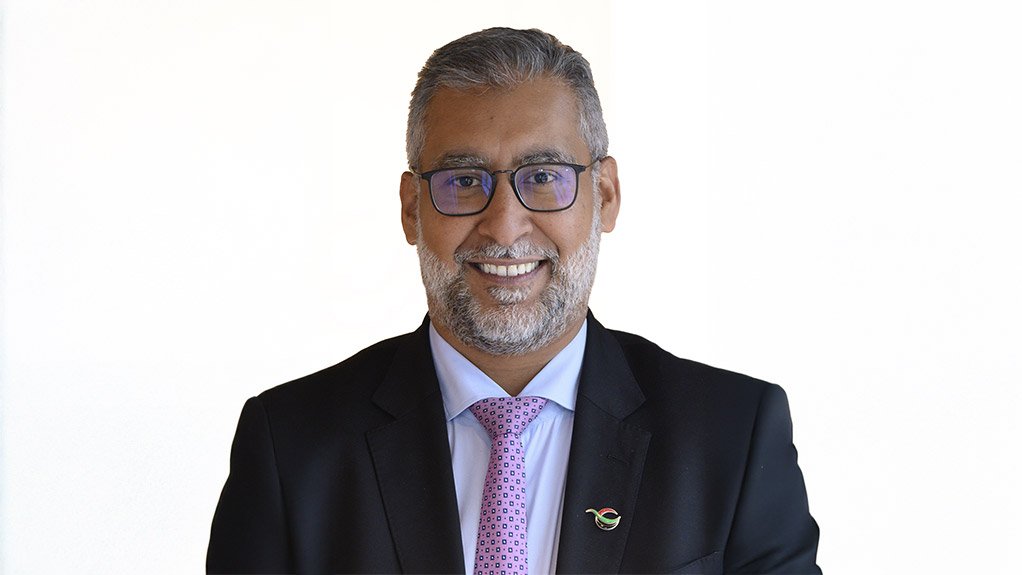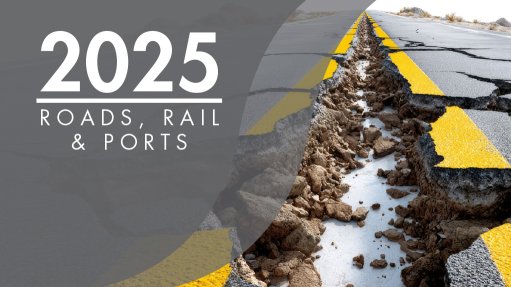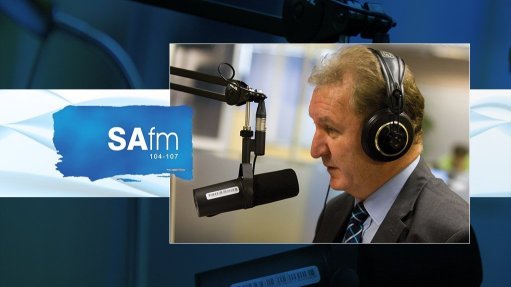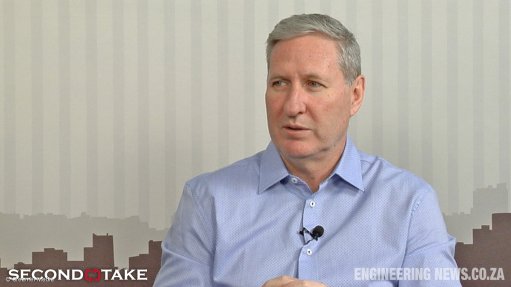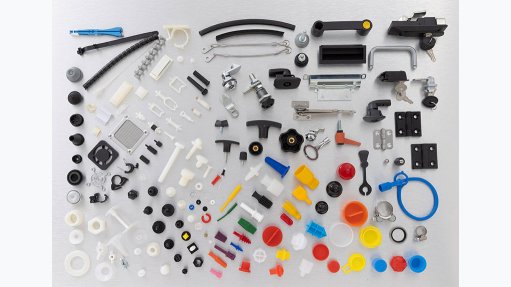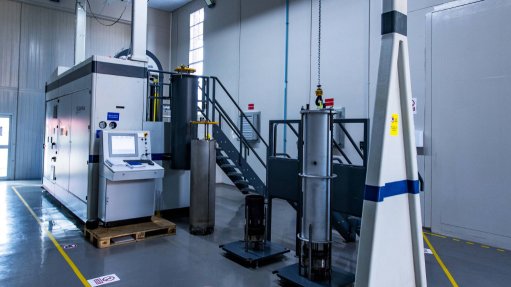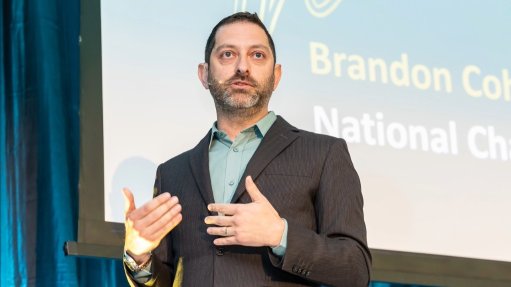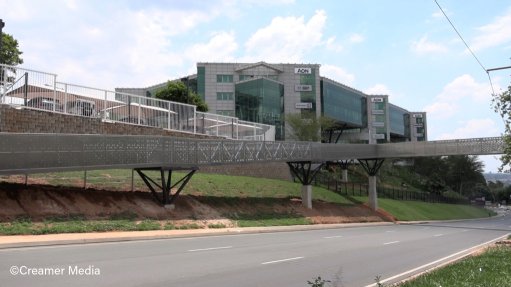Africa has opportunity to develop greater trade-based economies, panel finds
African countries are seeing a measurable improvement in trade with other African countries, as well as in exports abroad, although challenges around the viability and competitiveness of new industries, and logistics infrastructure, still need to be overcome.
However, with the turmoil taking place in global trade systems leading to changes in where manufacturing takes place, Africa is in a position to become a market that facilitates and grows trade and capitalises on the opportunities presented by the changes in trade tariff structures.
This was the message of speakers participating in the 'The Role of Economic Zones as Catalysts for Regional Growth and Global Connectivity' panel discussion hosted by news agency CNBC Africa on October 21.
African Continental Free Trade Area (AfCFTA) Secretariat trade in goods and competition director Mohamed Ali said the Secretariat had observed a change on the ground since the implementation of the free trade agreement in 2022, albeit from a low base, with more trade taking place among countries in Africa as tracked by the organisation in 2024.
The AfCFTA Secretariat's figures excluded regional trade, he noted.
However, it has also observed a significant shift in the number of private-sector entities participating in trade between countries under the agreement. The secretariat is also seeing more national policies being adopted by governments to further the AfCFTA.
“We are seeing the shift towards realising the potential of the AfCFTA, especially considering the geopolitical circumstances and disturbances in the international trade scene. More governments are realising the potential of the AfCFTA Agreement, what policies they need to adopt and how to align them to get the maximum benefit of the agreement,” he said.
Additionally, a key policy tool adopted by governments participating in the AfCFTA is the adoption of special economic zone (SEZ) regulations that clearly set out that, for SEZs to benefit from AfCFTA access, they will need to meet thresholds of significant transformation, which are also part of the rules of origin of the AfCFTA.
“This sends a message that Africa is open for business and that SEZs can be a viable model under the agreement. Further, while we need to increase trade as an absolute number, we will not be able to increase the number unless we are trading in a significant and meaningful way, such as from manufactured or value-added goods, and SEZs are a way to achieve this,” Ali said.
Meanwhile, logistics services and infrastructure multinational DP World sub-Saharan Africa CEO and MD Mohammed Akoojee pointed out that SEZs could contribute to success factors. For example, DP World set up its Berbera multipurpose port and terminal in an SEZ in Somaliland about two years ago.
“Two years ago, there were no companies yet, but the port now serves as a key gateway into Ethiopia, which is a market of 100-million people, and facilitates 27% of all trade in the Somaliland area.
“Similarly, when we started operating in Dakar, Senegal, in 2008, we were handling fewer than 100 000 containers a month but, through our support of and involvement in the ecosystem, we are moving close to 900 000 containers a month currently because demand had risen.
“These are volumes and trade numbers that we measure in our ecosystem to see how things are changing,” Akoojee said.
However, it is not only port infrastructure and operations and SEZs that are needed. A conducive environment is necessary for companies to be competitive, which is a challenge because of the cost of logistics in Africa, in which up to 40% to 50% of the value of a product may be owing to logistical costs.
This was four to five times higher than the global average, and turnaround times at ports were similarly far higher than global averages. Additionally, requiring a customs clearance for each country a shipment traverses added to costs, delays and duplication, he pointed out.
If there was no enabling environment, companies' investments would not provide sufficient return on capital, he emphasised.
This message was reinforced by Ali, who said the creation of market access should be one of the supporting elements of founding SEZs, as companies would invest in specific sectors and in specific areas of the continent with the expectation of having seamless access to various markets.
Further, not only was a lack of infrastructure leading to delays and long lead times, but the duplication of customs and clearance processes also contributed to delays and costs, said Akoojee.
“With the trade wars in the world and things changing in terms of where [products] are being manufactured and where to set up manufacturing hubs because of the implications of tariffs, Africa has a unique opportunity. We can be a market that facilitates trade and we have more than one-billion people.
“All companies want to be here, but the difficulties of getting into Africa and ensuring access to key markets remain because we still do not have the enablers we need,” he said.
Meanwhile, DP World had measured its socioeconomic impact in the two largest markets in which it operates in Africa, namely Nigeria and South Africa. Its impact on the broader economies of the two countries in terms of facilitating trade and economic activities was about $16-billion.
“It is more than just moving boxes. It is about the impact that companies such as DP World can have. Africa's share of global trade is 2%, which is too low for a continent of our size and population and only 15% of our trade is to other African countries, which is also too low compared to about 50% trade being among countries in regions such as Europe and Asia.
“In DP World's home market of the United Arab Emirates (UAE), the Jebel Ali Free Zone currently represents about 30% to 40% of the GDP of Dubai and hosts about 74% of the foreign direct investment made into manufacturing in the country. The more than 11 000 companies employ more than 116 000 people and about $200-billion worth of trade flows through the zone's infrastructure each year.”
Instead of up to 30 days to turn around a ship at a port, the Jebel Ali Free Zone can offload a container within eight minutes of a ship docking, customs clearance uses automated processes and the Free Zone has direct connections to the airport.
“All these elements must work together seamlessly, which is our vision and mission in Africa. We have done it in Latin America, the UAE and the Indian subcontinent; we can do it in Africa, especially with the resources and goods [Africa has] to trade with the world, and such SEZs can be hubs and catalysts for enabling investment, manufacturing and trade,” he said.
He pointed out that DP World had done this through its concession work at the Port of Dar es Salaam, in Tanzania, where, 18 months ago, waiting times for ships were about 30 days. The turnaround time has since decreased to three to four days.
Further, there used to be a $1 000 surcharge on each container coming into the port; this was removed, placing about $600-million back into the economy that helped to propel growth. This surcharge was an additional cost on the economy because of the inefficiencies in the supply chain, Akoojee explained.
“With waiting times at the port reduced, more shipping lines are coming into the port, which is what we want, and this creates more revenue for the country.”
While there was no fixed measure for determining the success of an SEZ, Akoojee said he would measure the costs of logistics and the length of time it took to get supplies in and products out of not only the zones but also their markets, and then improve on these.
“We are positive about Africa and are investing heavily. We have invested $3-billion in our port infrastructure and services in Africa over the past three to four years, and we will invest another $3-billion into port and logistics infrastructure and SEZs over the next four years,” he said.
DP World was also investing $200-million in the Maputo Corridor and hoped to complete the project by the end of 2026 or in early 2027. The aim of the project was to change the trade landscape between Mozambique, South Africa and Zimbabwe, and the company was implementing several projects in Southern Africa, he added.
Article Enquiry
Email Article
Save Article
Feedback
To advertise email advertising@creamermedia.co.za or click here
Comments
Announcements
What's On
Subscribe to improve your user experience...
Option 1 (equivalent of R125 a month):
Receive a weekly copy of Creamer Media's Engineering News & Mining Weekly magazine
(print copy for those in South Africa and e-magazine for those outside of South Africa)
Receive daily email newsletters
Access to full search results
Access archive of magazine back copies
Access to Projects in Progress
Access to ONE Research Report of your choice in PDF format
Option 2 (equivalent of R375 a month):
All benefits from Option 1
PLUS
Access to Creamer Media's Research Channel Africa for ALL Research Reports, in PDF format, on various industrial and mining sectors
including Electricity; Water; Energy Transition; Hydrogen; Roads, Rail and Ports; Coal; Gold; Platinum; Battery Metals; etc.
Already a subscriber?
Forgotten your password?
Receive weekly copy of Creamer Media's Engineering News & Mining Weekly magazine (print copy for those in South Africa and e-magazine for those outside of South Africa)
➕
Recieve daily email newsletters
➕
Access to full search results
➕
Access archive of magazine back copies
➕
Access to Projects in Progress
➕
Access to ONE Research Report of your choice in PDF format
RESEARCH CHANNEL AFRICA
R4500 (equivalent of R375 a month)
SUBSCRIBEAll benefits from Option 1
➕
Access to Creamer Media's Research Channel Africa for ALL Research Reports on various industrial and mining sectors, in PDF format, including on:
Electricity
➕
Water
➕
Energy Transition
➕
Hydrogen
➕
Roads, Rail and Ports
➕
Coal
➕
Gold
➕
Platinum
➕
Battery Metals
➕
etc.
Receive all benefits from Option 1 or Option 2 delivered to numerous people at your company
➕
Multiple User names and Passwords for simultaneous log-ins
➕
Intranet integration access to all in your organisation



